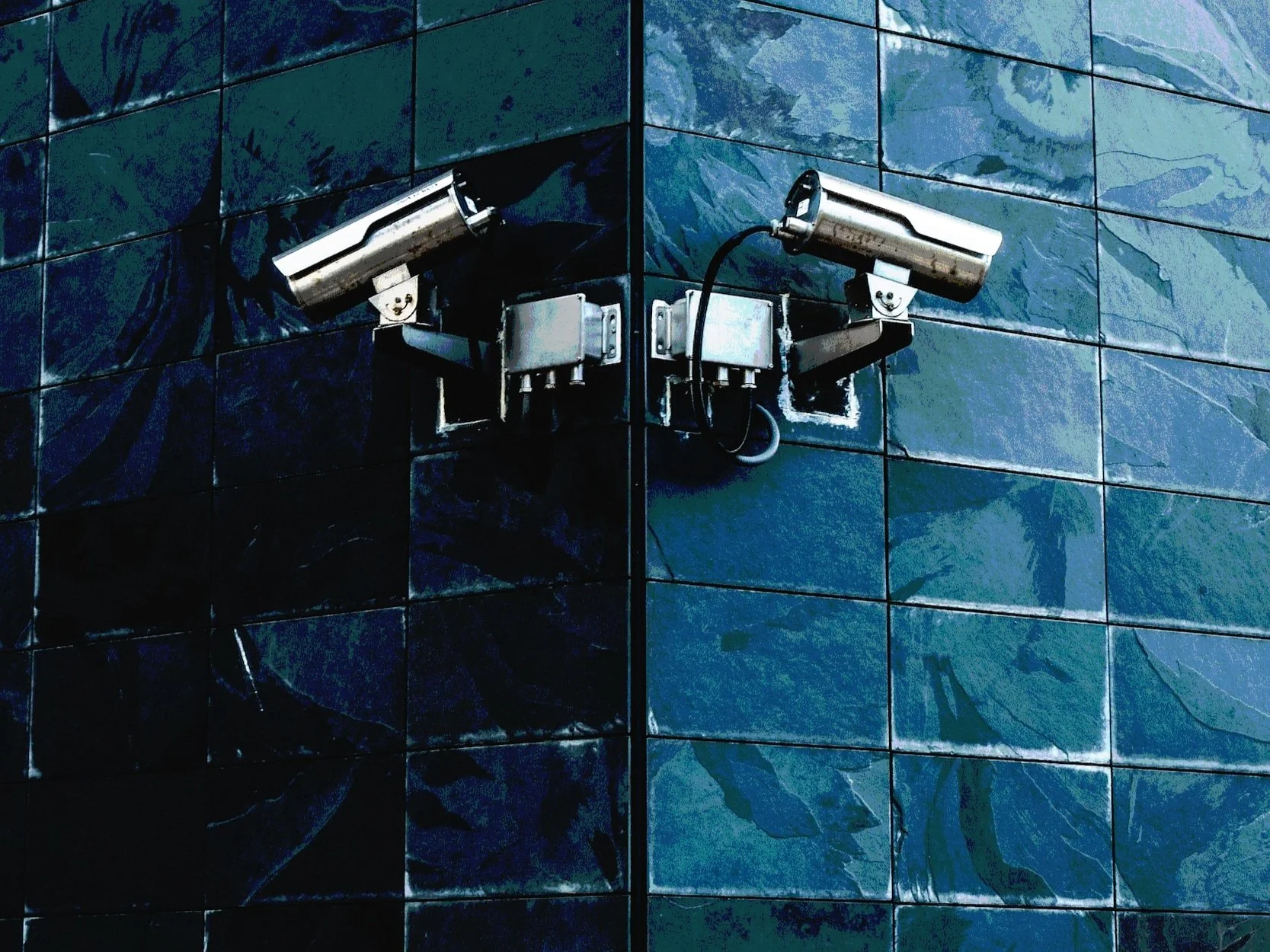Important Security Trends for the Workplace
The workplace has evolved in many ways over the last decade. From the rise of hybrid work models to smart office technologies to an increasing focus on both physical and cybersecurity.
Employers must stay on top of their game if they want to provide their workers with an environment that is both secure and productive. Let's explore some of the most current workplace security trends and focus on how employers can take proactive steps to make life easier and safer for their workforce.
Enhanced Access Control Measures
One of your priorities when reinforcing your workplace's security is making sure unauthorized personnel cannot access the premises while also making access as smooth and comfortable as possible for your staff. Some popular access control measures include digital door locks, access cards, keypads, and biometric identification systems. Organizations are increasingly resorting to multi-factor authentication (MFA) solutions that require two or more credentials from users before access can be granted.
These measures can be applied to both the workplace in general and specific areas. For example, you may install a digital card reader that allows all your employees to access the main building and additional elevator access control solutions that allow only some employees to reach certain floors.
Implementing effective access control measures can significantly reduce the risk of theft, vandalism, and data breaches.
AI-Based Security Tools
The rise of solutions that leverage artificial intelligence (AI) is revolutionizing many aspects of our work environment, including security. AI algorithms use advanced algorithms to analyze information from different sources, from cameras to sensors to access control devices. This allows the algorithm to detect behavioral patterns that can indicate an impending threat or a breach of main security protocols. It can then trigger a response and alert the competent staff, resulting in swift action that can prevent or minimize damages.
AI-enabled systems can also help automate several mundane tasks associated with physical security, such as unlocking doors remotely, monitoring CCTV cameras, and responding to alarms. This frees up valuable time for security workers, thus allowing them to focus on more pressing issues. It can also help the company generate significant savings.
Cybersecurity Training
To protect your organization, it is essential that your employees understand cyber risks and what actions to take when malicious attacks target your business. You should provide ongoing cybersecurity training for your entire workforce, from entry-level employees to senior executives. The program should cover numerous topics, including password security, phishing scams, VPNs, malware protection, data encryption, and other practices to boost online safety. Businesses should also provide refresher programs to ensure that their workforce stays up-to-date on the latest trends and threats in this field.
A very helpful part of the training is simulating cyberattacks and assessing how employees respond to them. Staging an attack in a safe environment can prepare the staff for future real incidents and decrease the probability that the company will be damaged by cyber criminals.
Organizations should also consider offering rewards and incentives to those who successfully complete a cybersecurity training program. This tactic increases their motivation and the chance that they will retain the information after completing the course.
Improved Visitor Management Systems
The company’s premises aren’t visited exclusively by traditional employees. Not only does the company receive outside visitors regularly, but with the rise of remote work, hybrid work, and outsourcing, it's not uncommon for remote workers or external collaborators to have to visit the physical location of the organization on a regular but not daily frequency.
A visitor management system refers to a set of processes and solutions that allow organizations to track and manage those who visit the workplace. Such a system should cover all the stages of a person's visit to a company’s physical premises.
First, a visitor management system should register every guest upon arrival. This involves collecting basic information and storing it in a secure database. Then, it should issue badges that can clearly identify guests in the building. These badges should be visible at all times to allow security personnel to identify who has been granted authorization to be there. Finally, it should track the guest's movement within the buildings and trigger a quick response when suspicious action is detected.
Technologies to help your organization improve its visitor management system include contactless ID cards and facial recognition solutions. These can provide added layers of security while allowing for a more efficient flow of people through your premises.
Zero Trust Policy
Zero Trust is a term that describes a security strategy that eliminates any implicit trust and continuously validates every stage of a person's access to the organization’s operations and resources. All individuals must be authenticated before they can be granted access to physical areas, apps, or data. This applies to both regular employees and people that are outside of the organization's network.
The identity-centric architectural security solutions that make up a Zero Trust model can help protect companies from a wide range of physical and digital risks. With the rise of remote and hybrid work, it is increasingly essential for businesses to adopt this framework and protect their resources from malicious agents.


